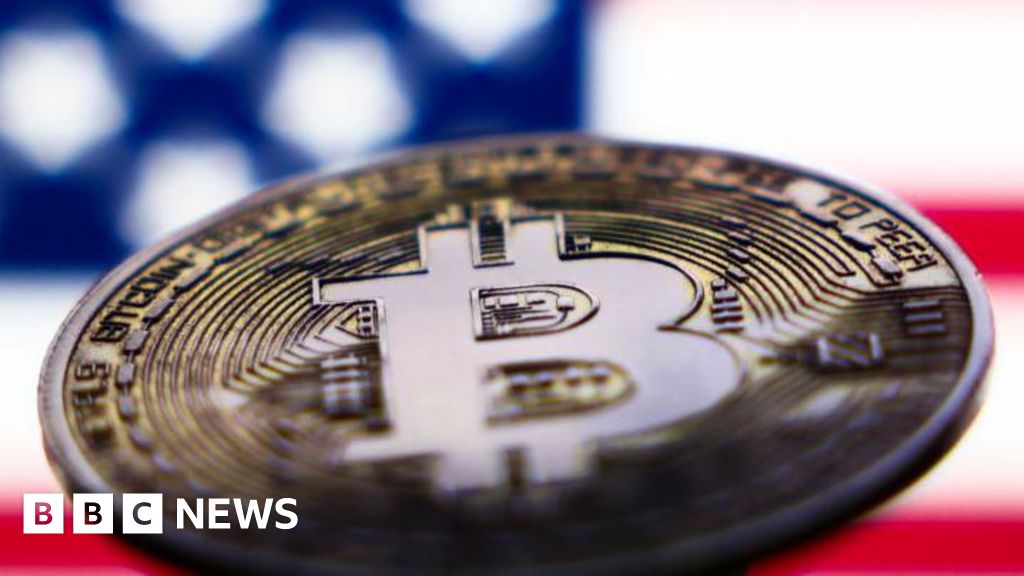
Slower growth is ahead for the U.S. economy.
The Fed last week reduced its target range for rates by 50 basis points. While a half-a-point cut was on the table, most economists thought a one-quarter point cut was the likely starting reduction.
More from Sourcing Journal
FedEx Corp., whose logistics platform and courier services often have analysts viewing it as the bellweather for the U.S. economy, on Thursday reported disappointing first quarter earnings results, missing both on adjusted per-share profits and on revenue expectations.
FedEx attributed the miss to weakness in freight demand due to lower U.S. domestic priority package volume, as well as freight operating results that also fell because of a decline in weight per shipment.
FedEx’s president and CEO Raj Subramaniam said during a company conference call that the “industrial economy is weighing on our B2B volume” in the quarter, noting also that the S&P U.S. manufacturing PMI dipped 1.7 points to 47.9, the lowest reading of the year.
“To give you some idea, the magnitude of the Fed rate cuts yesterday signals the weakness of the current environment,” Subramaniam concluded. “Now, we’re not assuming a significant comeback on the industrial environment in the rest of this calendar year. We’re cautiously optimistic that industrial production will moderately improve in the second half.”
While the FedEx chief thinks there could be modest improvement in the second half, his company also revised down its Fiscal 2025 outlook due to “pretty low growth expectations.”
UBS economist Jonathan Pingle said there could be one more 50 basis point cut later this, or two 25 basis point cuts. He’s predicting that by the end of 2025, the rate will be in the 3.4 percent range, versus the current rage of 4.75 percent to 5 percent.
Economists at at Wells Fargo, Sarah House and Michael Pugliese, said that the larger cut was the Fed front-loading the easing cycle, perhaps due to concern about a cooling labor market as jobs gains had slowed.
The Fed has long targeted a 2 percent inflation rate, but it also sees the unemployment rate at 4.4 percent. A steep rate cut allows its to get ahead of that number, hoping that lower rates spur economic growth and, as a result, job creation.
“We see 50 [basis points] as the right move in light of the good inflation news and the risk of further labor market softening,” concluded Goldman Sachs economists in a research note led by chief economist Jan Hatzius. “The rationale for the larger cut and the key theme of the meeting was the shift in focus from inflation risks to employment risks in light of the recent softening in the labor market data.”
The Goldman team expects more rate cuts from November 2024 through June 2025, when the rate reaches the end goal of 3.25 percent to 3.5 percent. Goldman’s U.S. chief economist David Mericle also noted that there could be “possible fiscal policy changes in the aftermath of the upcoming elections.”








